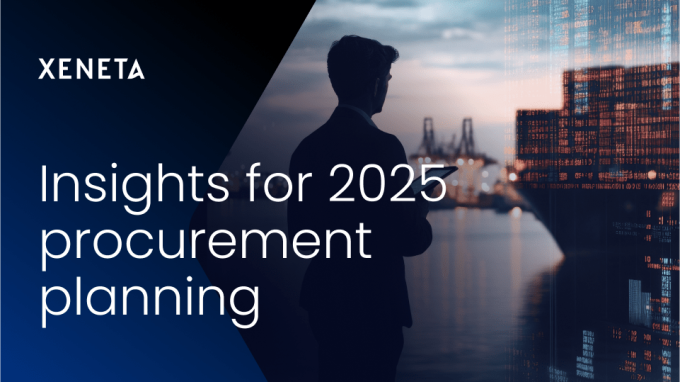More volatility means forwarders and shippers need to work more closely
As uncertainty knocks trade confidence, forwarders need to be closer than ever to their customer, delegates ...

As procurement professionals gear up for the 2025 tender season, volatility in global ocean freight markets continues to present challenges.
When is the right time to sign the next long-term contract?
Which carrier do you work with, given the alliance reshuffle in 2025?
How can your strategy be impacted by disruptions such as strikes, wars and tariffs?
Should you focus on all corridors at once, or concentrate on those which are used to ship the most essential supplies?
Could an index-linked contract be the best ...
Transpacific sees first major MSC blanks as rates fall and volumes falter
'It’s healthy competition' Maersk tells forwarders bidding for same business
Opposition builds for final hearing on US plan to tax Chinese box ship calls
White House confirms automotive tariffs – 'a disaster for the industry'
New price hikes may slow ocean spot rate slide – but for how long?
Shippers snap up airfreight capacity to US ahead of tariff deadline
Supply chain delays expected after earthquake hits Myanmar
Tighter EU import requirements proving 'a challenge' for forwarders

Comment on this article